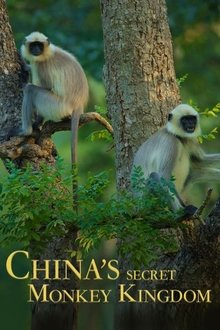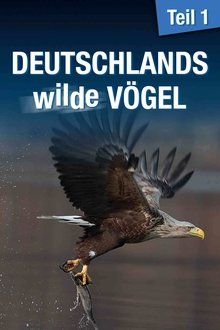High up on the Tibetan plateau. Amongst unexplored and inaccessible valleys lies one of the last sanctuaries of the wild world, where rare and undiscovered fauna lives. Vincent Munier, one of the world’s most renowned wildlife photographers takes the adventurer and novelist Sylvain Tesson (In the Forest of Siberia) with him on his latest mission. For several weeks, they’ll explore these valleys searching for unique animals and try to spot the snow leopard, one of the rarest and most difficult big cats to approach.
Related Movies
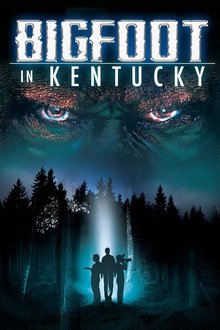
Bigfoot In Kentucky (2021)
Delving into the existence of Bigfoot, also known as Sasquatch, considered one of the most mysterious creatures on Earth.

Nachtarbeiter - Von Fledermäusen und anderem Nachtgetier (1984)
A cinematic foray into nocturnal nature, where numerous nocturnal animals are in search of prey: From midnight to 4 a.m., the camera observes bats and other nocturnal creatures.
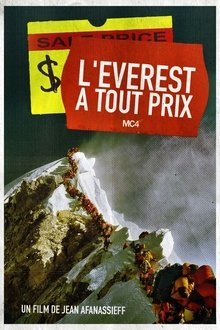
Everest At Any Cost (1999)
In 1983, three climbers became the first French people to reach the summit of Everest. Among them were expedition leader Pierre Mazeaud and a promising 25-year-old climber, Jean Afanassieff. Twenty years later, the two legends, accompanied by mountain guide Michel Pellé, retrace the steps of their exploit and make the trek from Kathmandu to the foot of the roof of the world. This is an opportunity to retrace the history of the successive assaults on Everest and to assess the current situation of a mountain that has become a victim of its own success: while Sherpas have been able to take advantage of Western enthusiasm and thus enrich themselves and equip the summit to make it more accessible, the site's attendance poses numerous problems, both human and ecological.
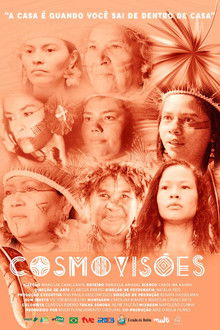
Cosmovisions (2022)
In Southern Bahia, seven indigenous women invite to reflection, sharing their mythology, ancestry and paths to living well.
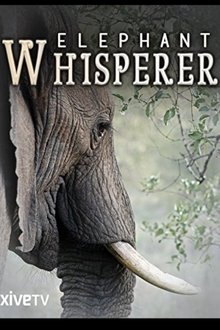
Elephant Whisperer (2012)
Sangduen Chailert, or Lek, as she is generally known, has already rescued over 200 elephants. She has dedicated her life to saving the Asian elephant and founded a special camp, The Elephant Nature Park to protect them. We follow this winner of Time Magazine’s “Asian Hero of the Year” Award in her work. Lek is on a mission to save the Asian elephant in her native Thailand. This film looks at the plight of the Asian elephant, as it goes from being a widely used domestic animal, to becoming a burden on modernizing communities. With experts predicting its extinction within four decades, Lek’s work is needed now more than ever and she has gathered a large group of supporters and volunteers in her quest for a better future for the Asian elephant. This moving film demonstrates Lek’s natural understanding of and rapport with these huge animals and will stir the viewers emotions as it highlights the often desperate state some elephants are kept in.
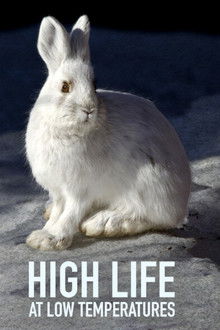
High Life at Low Temperatures (2017)
The summits and sheer mountain ridges of Austria’s "Little Siberia" funnel the freezing air from snow-covered peaks into a gigantic hollow – a high-level plateau at 1,000 metres from which it cannot escape: Lungau is Austria’s coldest region. Creeks and streams start higher here, and create bogs, moors and countless alpine lakes. Summer is short but lively, as eagles rear their precious young and ermines eat their fill before the sparse winter returns, while black alpine salamanders give birth to live miniature versions of themselves beneath the tree-line.
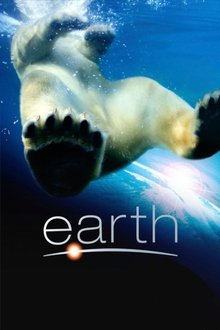
Earth (2007)
An epic story of adventure, starring some of the most magnificent and courageous creatures alive, awaits you in EARTH. Disneynature brings you a remarkable story of three animal families on a journey across our planet – polar bears, elephants and humpback whales.
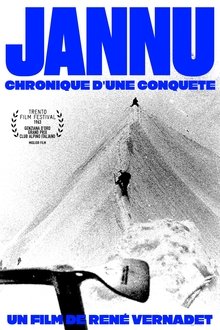
Jannu, Chronicle of a Conquest (1962)
Three years after the 1959 expedition, abandoned 350m from the summit, Lionel Terray leads a new assault on Jannu, one of the most demanding peaks in the Himalayas. At the base camp, equipment and food rations are prepared. The conditions are optimal and the ascent can begin. The camera follows the progress of the mountaineers and Sherpas as closely as possible, from one high-altitude camp to another: installing fixed ropes, progressing over crevasses, in the middle of frozen towers, vertically down immense ice falls or along the edge of sharp ridges. From 7000m, oxygen bottles become essential, as the difficulty of the climb prevents acclimatization. The expedition is a total success: the majority of its members reach the 7710m summit.
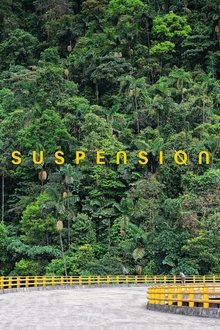
Suspension (2019)
In the depths of the Colombian jungle, the skeleton of an immense abandoned cement bridge is tucked away. It has turned into a delusional tourist attraction.
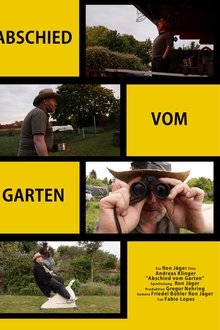
Abschied vom Garten (2020)
The early retired Gert spends the last summer in his garden, a place that has become a real home for him. The garden will be demolished to create a shopping center on its grounds. The only thing Gert can do is remember memories of happy times he spent with his family in the garden.

The Prince of the Forest (2024)
Get ready to take a breath of fresh air! This documentary will plunge the viewer into the realms of foxes. Allow your viewer to follow the wanderings of a fox and its encounters throughout the 4 seasons in french forests.
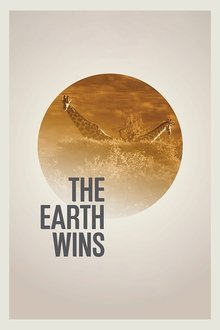
The Earth Wins (2013)
The Earth Wins explores the delicate balance between man and Mother Earth, our inter-dependence and the impact of man's actions upon the earth and her inhabitants. With music from Coldplay, The Temper Trap, New Order, indigenous musicians, and commissioned choral pieces, The Earth Wins is a visceral experience celebrating the magnificent diversity of the earth's riches and asking the most important questions of all, "How do we save ourselves from causing the planet's destruction?"

The Rabbits of Skomer (2006)
Wild rabbits share the sea cliffs on the island of Skomer, off the Pembrokeshire coast, with seabirds like puffins and seagulls. They come in many shades, owing to their intriguing history, and each spring the island of Skomer itself is transformed by wild flowers, creating one of Britain's most beautiful natural spectacles. The green and brown island turns blue and pink for a couple of spectacular weeks under a carpet of bluebells and red campion.
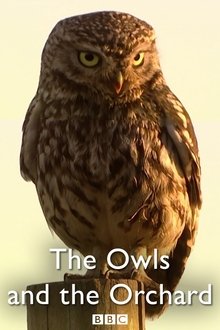
The Owls and the Orchard (2005)
A devoted pair of little owls set up home in an old orchard in rural Herefordshire. From spring blossom to autumn apples, a year in the life of the parent birds, their baby owls and the old fruit trees.

West Coast Otters (2005)
Two otters, a mother and daughter, are inseparable as the cub faces the dangers of her first Scottish winter, and Mum works hard to ensure both survive. Never more than a few feet apart, cub and mum exhibit a very special relationship as the cub grows up, learning how to fish and fend for herself on the idyllic west coast of Scotland.

Women Warriors (2025)
Seven Latina climbers reflect on how the mountain has guided them through life’s toughest challenges. Their hearts beat as they make the first female ascents of difficult routes, climb 5,000-meter peaks, and free solo traditional routes. We journey with them through their memories and current adventures as they share stories of grief, eating disorders, domestic violence, motherhood, and bicultural identity.
